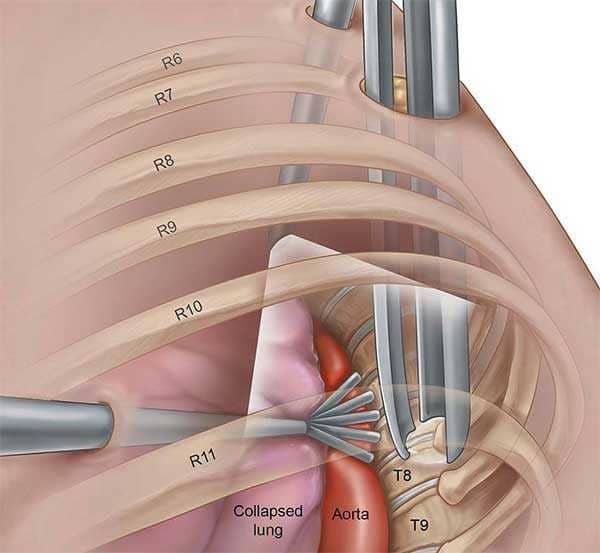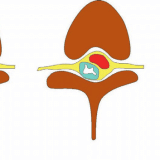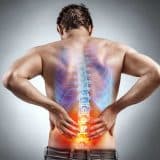Herniated Disc Surgery

In our spine, in between every bone, there is a disc which serves as a shock absorber and assists in cushioning the bones. But a herniated disc happens when these discs spread outside the capsule holding it and drive towards the spinal canal. A herniated disc can occur anywhere in the spine, including the neck, but mostly, it appears in the lumbar vertebrae or the lower back. The treatment options, generally, include pain relievers, anti-inflammatories, exercise, therapies, rest, and steroid injections. But when all of these treatments fail, herniated disc surgery is the only option.
Causes and symptoms of herniated disc
One of the significant reasons behind developing a herniated disc is lifting a heavy object improperly or twisting the spine suddenly. Other causes are any bone-related disease causing disc degeneration, overweight, or natural aging.
A herniated disc does not cause symptoms until it puts pressure on any nerve in your lumbar vertebrae. Once it pushes against any nerve, a person will feel pain and discomfort. When a herniated disc occurs in the neck, it causes neck, arm, and shoulder pain. Other than pain, herniated pain causes weakness, numbness, and tingling.
Surgical treatment of Herniated disc
Surgery on the spine is recommended once you have tried all other traditional treatment options, and all are ineffective. But before considering herniated disc surgery, it is recommended to consult a skilled orthopedic surgeon and seek a second opinion. The surgeon might suggest imaging tests such as:
- X-ray for getting pictures of joints and vertebrae
- CT scan to get a detailed image of the spinal canal
- Magnetic resonance imaging for producing 3D images of the spinal cord, including nerve roots
- Electromyography for measuring the electrical impulses all over the muscles and nerves
All these steps assist the surgeon in determining the best surgical option; in some cases, a combination of surgeries may also be recommended.
Types of herniated disc surgery
Laminotomy
In this procedure, the surgeon will open the lamina to relieve pressure on the nerve roots. Here, a small incision is made, and sometimes, if required, the lamina is removed.
Discectomy
It is one of the most common kinds of surgery performed for curing herniated discs, where a part of the disc that puts pressure on the nerve root is removed. If required, the whole disc is removed—the surgeon accesses the disc by making an incision in the back.
Artificial disc surgery
For this, general anesthesia is given and the surgery is done for a single disc present in the lower back. Here, the surgeon makes an incision in the abdomen to get access to the damaged disc. Then the damaged disc gets replaced with an artificial disc. It is to be noted that this surgery is not considered if the patient has arthritis or osteoporosis or has degenerated multiple discs.
Spinal fusion
This surgical procedure also needs general anesthesia and involves the fusion of two or more vertebrae. This is done through bone grafts from other parts of your body or any donor. It might also apply metal or plastic screws, including rods, for offering extra support.
Conclusion
To help prevent issues in your back, it’s advisable to maintain good body weight. Always make use of correct lifting methods. Robust abdominal and back muscles support your spine, so make sure you exercise regularly.
For enquiries and online appointments:
Email – Naveen.st@gmail.com
Call/Whatsapp – +91 7676090119
Visit www.NaveenSpine.com to know more




